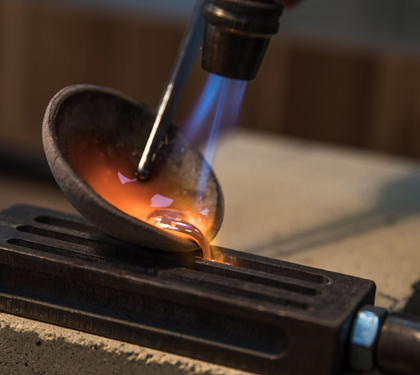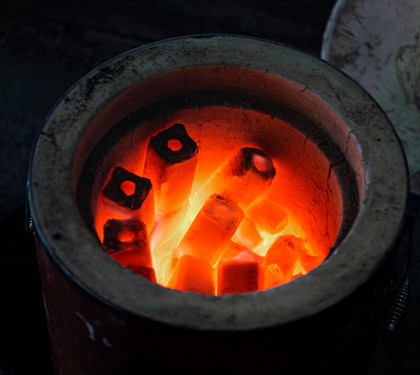In a world replete with metals and alloys, stainless steel stands as an emblem of strength, durability, and resistance. Often, when we think of robust structures, shimmering kitchenware, or even some medical tools, the image of stainless steel is invariably invoked. But what bestows stainless steel with its extraordinary strength? Let's venture into the metallurgical realm of this alloy to find out.
1. The Fundamentals: What is Stainless Steel?
Stainless steel isn't just one material but rather a group of iron-based alloys containing a minimum of approximately 10.5% chromium. It’s this addition of chromium, among other elements, that imparts stainless steel with its iconic properties, most notably its resistance to corrosion.
2. The Role of Chromium:
Chromium plays a pivotal role in determining the strength and other characteristics of stainless steel:
-
Corrosion Resistance: When exposed to oxygen, chromium reacts to form a passive layer of chromium oxide on the steel's surface. This layer is impermeable, preventing rusting and enhancing the alloy's lifespan.
-
Enhanced Hardness: Chromium also boosts the hardness of steel, a property crucial for applications where strength and durability are vital.
3. Carbon, Nickel, and Other Alloying Elements:
While chromium is crucial, other elements too contribute to the steel's strength:
-
Carbon: Imparts hardness, especially in higher concentrations. Stainless steels with high carbon content are particularly suited for applications where strength is paramount.
-
Nickel: Aids in making the alloy more ductile and increases resistance to corrosion, especially in acidic environments.
-
Molybdenum, Manganese, and Nitrogen: These elements further enhance resistance against corrosion, especially from chloride solutions, making stainless steel suitable for marine applications.
4. The Influence of Microstructure:
Stainless steels can be classified based on their microstructures, which significantly influence their properties:
-
Austenitic Stainless Steels: These are non-magnetic and contain nickel. They exhibit excellent ductility and toughness, even at cryogenic temperatures.
-
Ferritic Stainless Steels: Magnetic in nature and contain chromium but little to no nickel. They are known for their good corrosion resistance and are often found in automotive applications.
-
Martensitic Stainless Steels: Magnetic and can be heat-treated to enhance strength. They're used in applications demanding high strength and moderate corrosion resistance.
5. Forming and Treatment Processes:
The way stainless steel is processed can further amplify its strength:
-
Cold Working: Techniques such as cold rolling or drawing increase the strength of stainless steel.
-
Heat Treatment: Some stainless steels, especially martensitic types, can be heat-treated to improve hardness, strength, and toughness.
Conclusion
Stainless steel's strength is a synergy of its chemical composition, the addition of chromium and other alloying elements, its microstructure, and the various treatments it undergoes. Its unique combination of strength, corrosion resistance, and aesthetic appeal make it an indispensable material in countless applications, from architectural marvels and kitchen essentials to medical instruments and automotive components.
Understanding the roots of stainless steel's strength ensures that engineers, architects, and manufacturers can harness its full potential, crafting solutions that combine both form and function.


